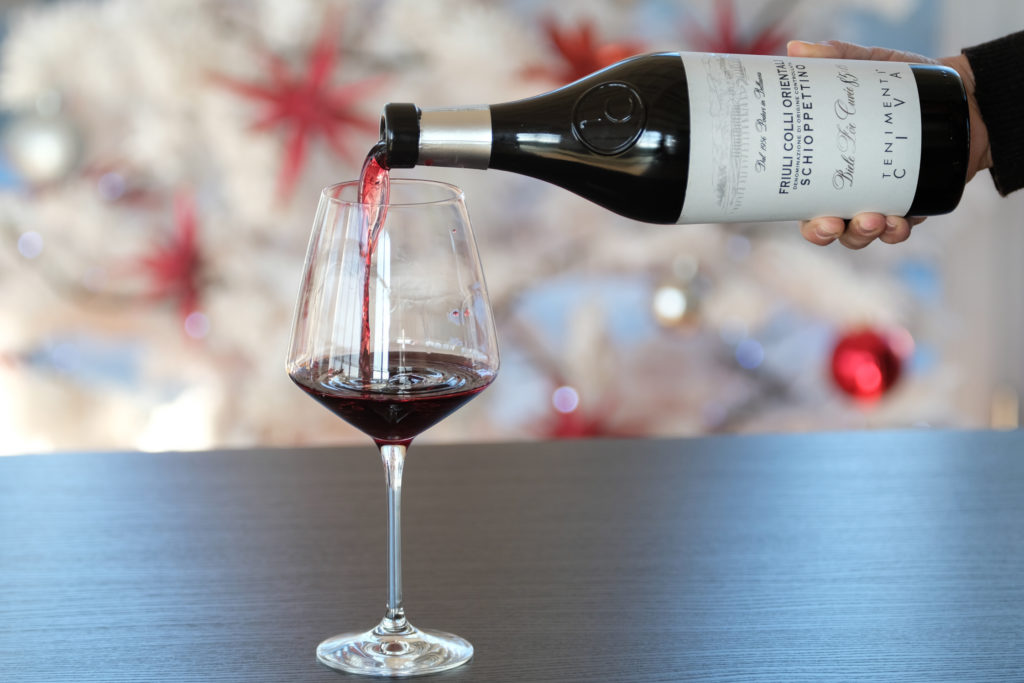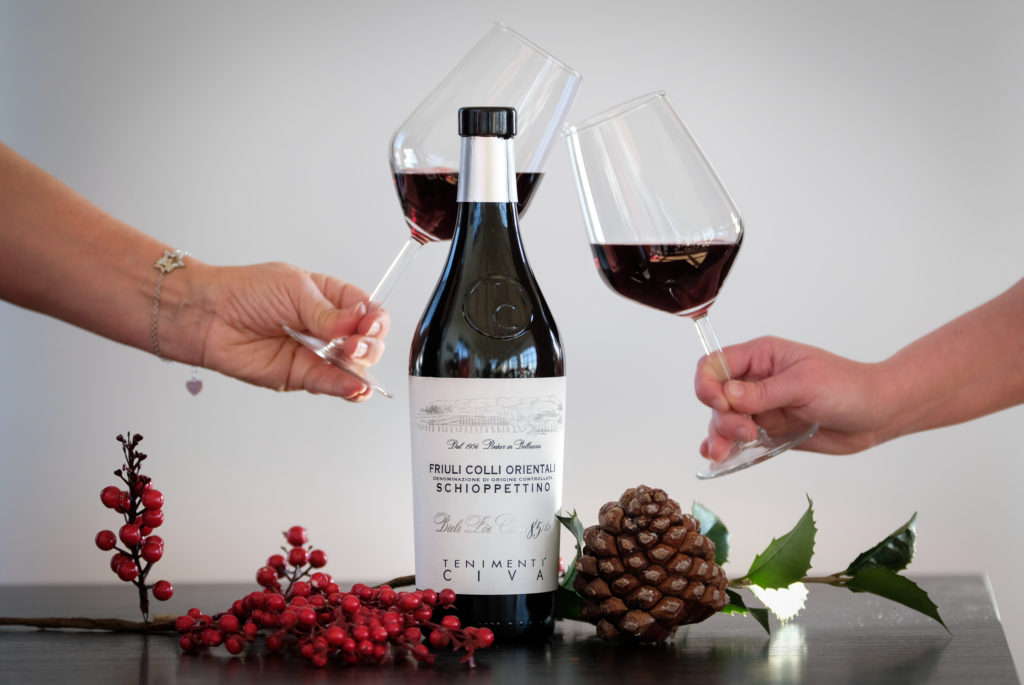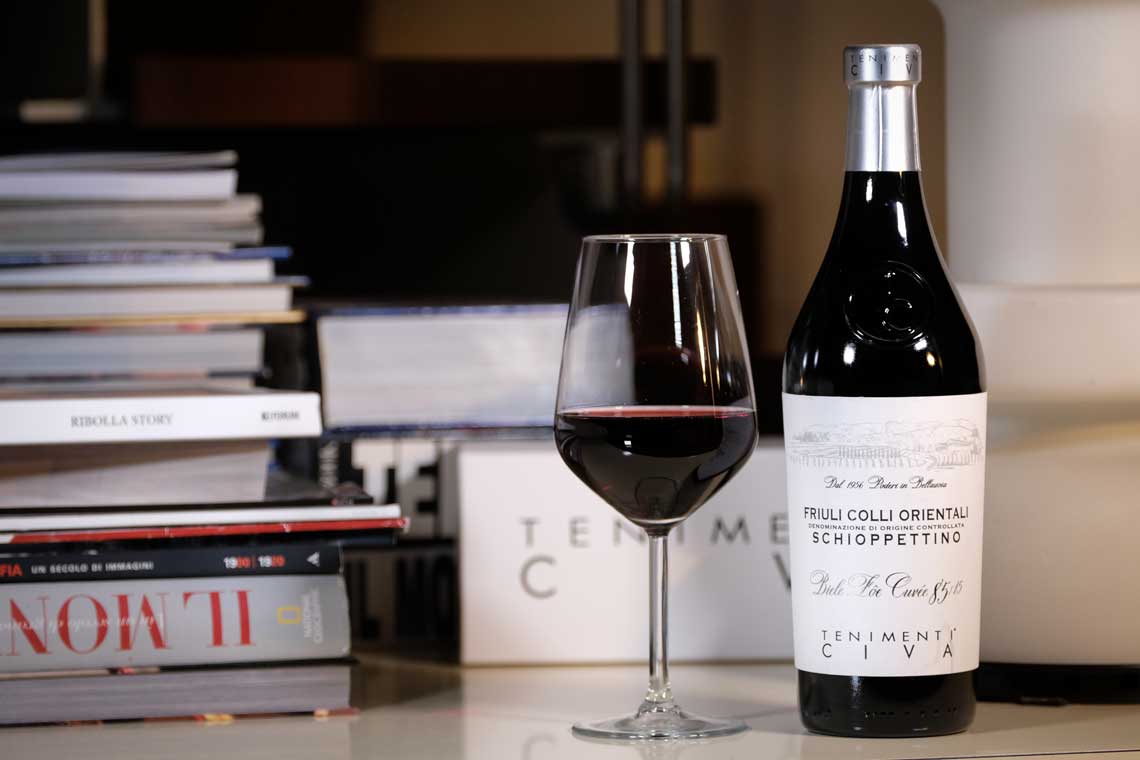Tasting: a dialogue with wine!
It’s a good wine! How many times have we heard this exclamation? But what does “good” mean?
The less experienced consumer is likely to associate the adjective simply with pleasurableness. Instead, in order to judge a wine, the professional taster must take into consideration a series of elements that make the evaluation more complex: the geographical area, the variety, the type of soil, the climate of the growing year, the harvest, the production process, ageing, conservation, and when it is drunk.
These are technical or objective factors that are intertwined with the subjective ones that each taster expresses on the basis of his own experience and culture when considering the various aspects of the wine: sweet, acidic, salty, bitter and tactile sensations, which give greater or lesser satisfaction and determine the quality of the wine.
The flavour sensations are the freshness produced by natural acids, the sweetness given by any residual sugars, and the savoury-salty sensation of mineral salts. Tactile sensations, meanwhile, comprise the production of pseudo-heat by alcohol and the astringency or tannic weave of red wine.
But be careful! Quality is not simply a sum of the parts. Fortunately for us, or rather for the pleasure of the palate, indeterminable factors intervene to ensure that no wine is the same as another. Wine is a “living substance” and as such it changes over time due to many factors.
The only way to fully appreciate wine and understand its characteristics is to taste it. It goes without saying that study and long training by means of multiple tastings makes each of us a potential expert taster.
It is not enough to have a good palate, since a good taster must also know about geography, history, biology, oenology …

BUT HOW SHOULD WE TASTE A WINE?
Suppose we have a red wine in our glass, for example a youthful Schioppettino dei Colli Orientali del Friuli. The tasting process is divided into a series of different phases.
LOOKING AT THE WINE
҉҉ The first phase is watching while the wine is poured into the glass. The glass is then brought up to eye level and held against the light to evaluate clarity and transparency.
The latter refers to the amount of colouring substance in a wine; Schioppettino is quite rich in anthocyanins, the substance that colours wine red and explains its lower transparency.
Clarity is achieved when there are no particles in suspension, cloudiness or opalescence. Any quality wine must display this characteristic. To avoid the presence of tartrates (salt crystals), steps are taken to achieve their precipitation and they are removed by filtration before bottling.
҉ Now let’s hold the glass obliquely against a white background to assess the intensity of the colour (this depends on various factors: grape variety, type of soil, climate, vinification method and/or barrel ageing), the shade or type of colour (eg. purplish red, ruby red…) and the edge, which is an indication of age. For example, the violet glows of a Schioppettino indicate its youth.
҉ The glass is then brought back to eye level, rotated slowly so as to rinse the sides of the glass with wine. A very small amount of liquid remains on the sides, and as it descends towards the bottom it forms tears and legs which help assess the wine’s degree of fluidity. The slower the descent, the more structured the wine is.
BRINGING THE WINE TO THE NOSE
҉Bring the glass to the nose and, when the wine is still, inhale intensely to gather the first information on how clean the sensations it gives are. There must be no faulty notes such as the smell of cork, of lees (typically the smell of rotten eggs), or of oxidation, although this is tolerated in some wines because it constitutes one of the scents of the bouquet (for example, in an aged red wine you may sense fruit in alcohol, cooked fruit, or dried fruit). A maderized aroma, meanwhile, is typical of long-aged wines, characterized by a brick colour for reds and amber for whites.
҉ To release the aromas, the glass is rotated on itself, without particular vigour, and their intensity and length are evaluated. Each new sniff must be interspersed with a rest period of a few seconds to avoid becoming accustomed to the scents already perceived.
The recognition of aromas in a wine is anything but simple. It requires olfactory memory and continuous training.
Some aromas are typical of a grape variety or of a specific area, while others depend on the type of fermentation, and on the container used for the fermentation and/or ageing of the wine. In fact, the various types of wood each release their own characteristic aromatic substances.
The age of the wine and the type of ageing translate into aromas that are normally more complex than those found in young wines, and require experience to be deciphered.
By convention, the aromatic notes of wine have been grouped into three categories:
҉ Primary aromas: these are those typical of grapes not yet pressed. They are mostly found in the grape skin, and migrate into the liquid during pressing thanks to the action of oxygen.
҉ Secondary aromas: these develop with and immediately after alcoholic fermentation. They include aromas of fresh fruit, flowers and vegetables. Over time they fade and/or change into riper aromas.
҉ Tertiary aromas: these are those of mature, aged wine. In quality wine, the range of aromas is wide: from dried fruit, dried flowers and vegetables, spices, balsamic and evolved wood notes, up to the leather or asphalt hints of aged red wines or some of the world’s great white wines, such as Rhine Riesling.

THE FIRST SIP
҉҉ Finally, after looking at the wine and smelling it, the time has come to take a very small sip (about 10 ml), conveying the liquid to the front of your mouth. With your mouth slightly open, inhale a little air through the teeth to render some components of the wine volatile and to amplify the flavour (sweet, acidic, salty, bitter) and tactile sensations.
The organs that detect taste are the taste buds, which are found mostly on the tongue, with some at the back of the mouth. There are three types of taste buds: filiform, fungiform and foliate. Each detects a specific flavour sensation.
The taste in fact is composed of only four sensations that are received in distinct areas. All other sensations are a combination of taste and smell.
҉ Now move the wine around with the tongue, at the same time applying slight pressure to the roof of the mouth, then breathe out to assess alcoholic strength, acids, tannins, body… and the balance of the various components.
҉ After swallowing the wine (professional tasters often spit it out into a special container), breathe out; the temperature within your mouth will release other scents, in turn detected by the olfactory mucosa. These are the mouth aromas.
҉ After having swallowed the wine, perform a chewing action with your empty mouth to evaluate length on the nose and palate, i.e. the duration of the sensations left by the wine once it has been swallowed, as well as its drinkability.
THE TONGUE AND FLAVOURS
In order not to get this delicate phase of tasting wrong, it helps to know how our tongue works, that is, what flavours it detects and where.
҉ Sweetness: this depends on the presence of residual sugars – these are especially found in wines from partially dried grapes – and is perceived mostly on the tip of the tongue.
҉ Acidity: derives from organic acids naturally present in wine (malic acid, tartaric acid, citric acid, acetic acid: its presence in small percentages is important because it contributes to the flavour of the wine). The sensation of freshness given by the acids is perceived on the sides of the tongue and is easily recognized by the salivation it produces. It’s good to remember that acidity accentuates salty and bitter notes, while it is attenuated by sweetness.
҉ Saltiness: perceived on the sides but above all in the middle of the tongue. Slightly salty or iodized notes are typical of some white wines obtained from grapes harvested in vineyards overlooking the sea.
҉ Bitterness: perceived at the back of the tongue. If not particularly pronounced, it is pleasant, and typical of some wines, for example Friulano. Otherwise, if persistent, it negatively affects taste.
During its time in the mouth and during swallowing, a liquid continuously releases a large quantity of aromas. These encounter the hot air exhaled from the lungs, come into contact with the nasal mucous membrane and give the combined sensation of taste and smell.
The sense of smell therefore plays a decisive role in the combination of flavours. To better understand the importance of smell in wine tasting, try drinking while pinching your nose closed with thumb and index finger.
The taste you perceive will be reduced to the four main flavours. If you then free your nostrils and restore air circulation, you will be able to perceive every nuance of what you have swallowed.
Experience the intense sensations that only our Schioppettino can give to true connoisseurs!
Follow us on Facebook and Instagram
Maria Cristina Pugnetti
None foundCould it be interesting for you:

